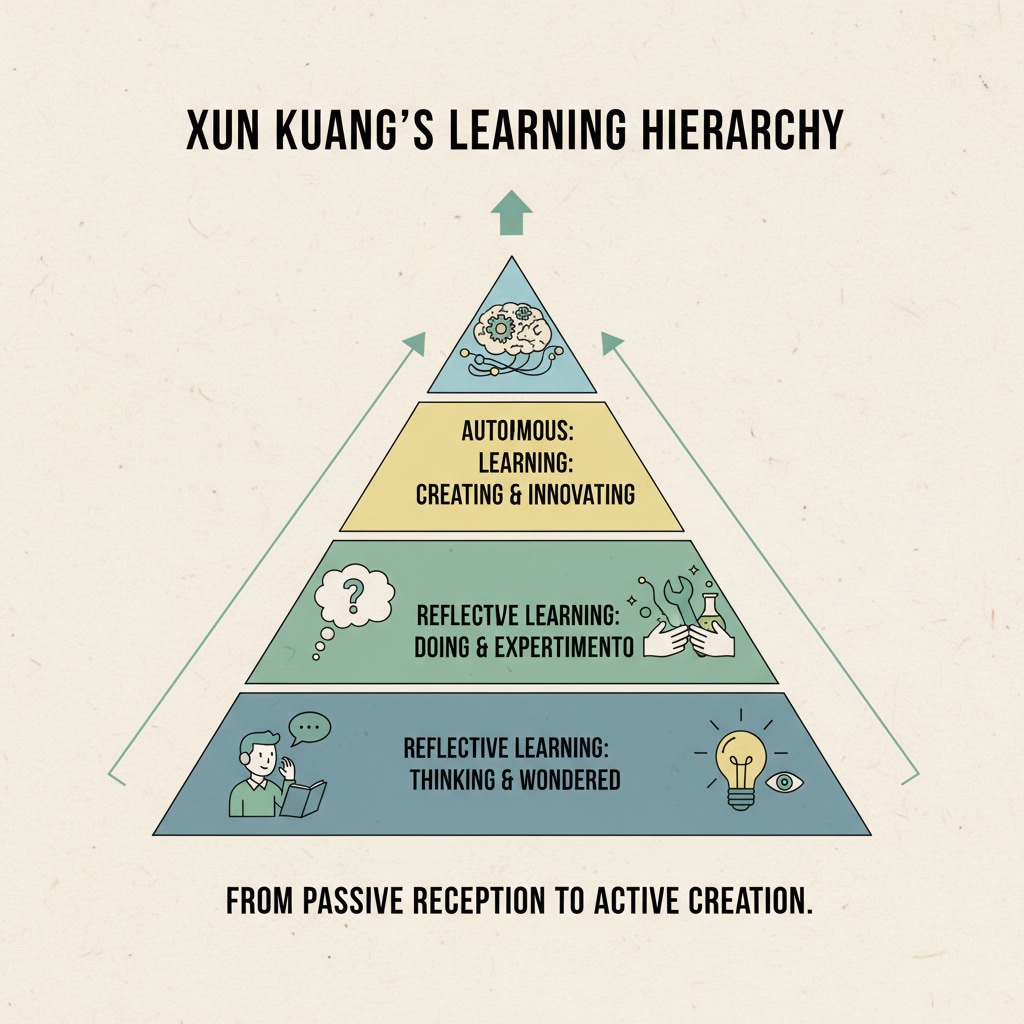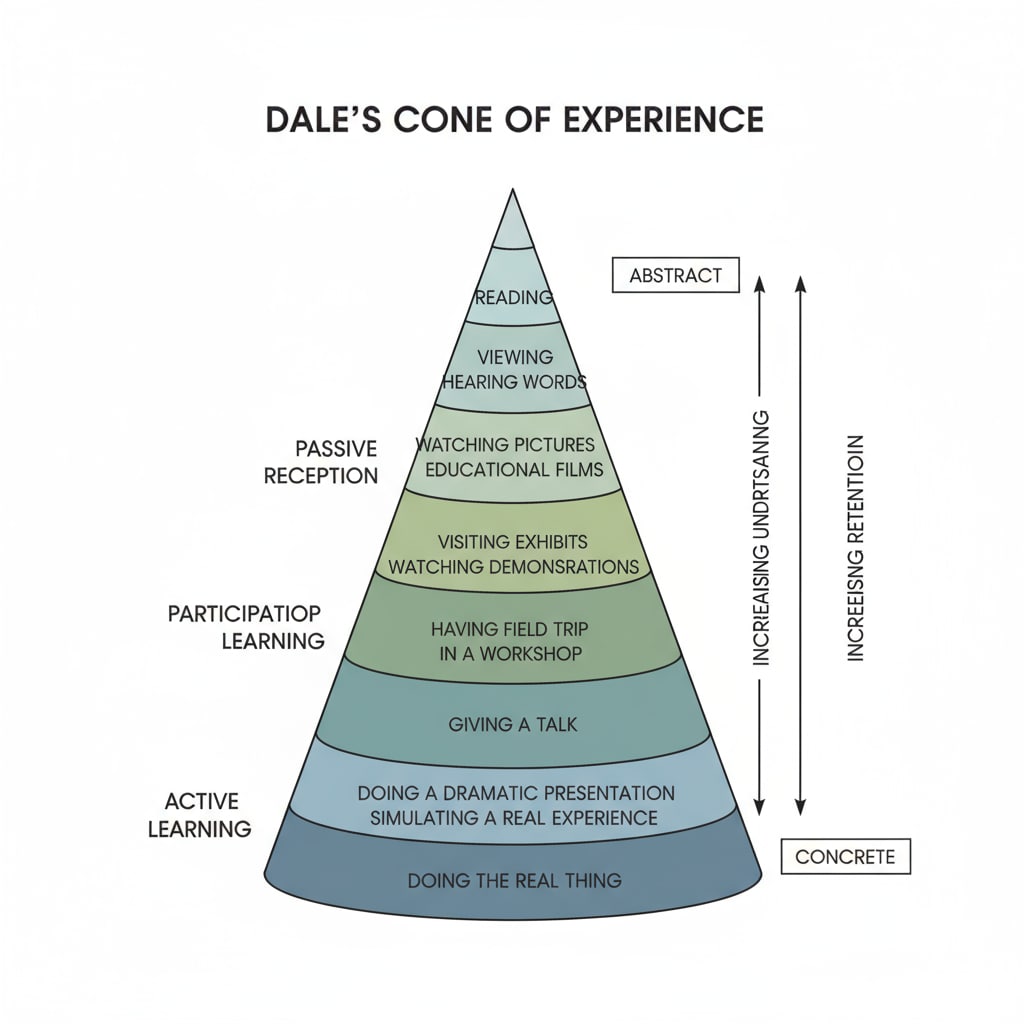Learning theories, Xun Kuang, Cone of Experience, and learning by doing are concepts that have revolutionized the field of education. In the realm of K12 education, understanding these ideas can unlock the potential for deep and meaningful learning. Let’s first take a look at how ancient wisdom and modern educational models intersect.
The Wisdom of Xun Kuang on Learning
Xun Kuang, an ancient Chinese philosopher, proposed a learning hierarchy theory. He believed that learning progresses through different levels. At the base, there is learning from reading and listening, which provides a foundation of knowledge. However, true understanding and the ability to apply knowledge come from higher levels of learning. Xun Kuang emphasized that learning by doing is crucial for internalizing knowledge. For example, a student may read about historical events in a textbook, but only by actively researching, discussing, and perhaps reenacting those events can they truly understand the significance and implications. Xun Kuang on Wikipedia

The Modern Cone of Experience
The Cone of Experience, developed by educational psychologist Edgar Dale, is a modern model that also highlights the importance of hands-on learning. The cone is structured with different types of learning experiences. At the top are the most passive forms, such as listening to lectures and reading. As we move down the cone, the experiences become more active. The bottom of the cone represents the most effective learning experiences, which are direct, purposeful experiences – in other words, learning by doing. This model suggests that the more actively involved a student is in the learning process, the better they will retain and understand the knowledge. Cone of Experience on Britannica

In K12 education, implementing learning by doing can have a profound impact. Teachers can design projects and activities that allow students to actively engage with the curriculum. For example, in a science class, instead of just reading about experiments, students can conduct their own experiments. This hands-on approach not only makes learning more enjoyable but also helps students better understand scientific concepts.
Readability guidance: By exploring the ideas of Xun Kuang and the Cone of Experience, we can see that learning by doing is a powerful tool in K12 education. It bridges the gap between theory and practice, enabling students to truly master knowledge and develop important skills for their future.


